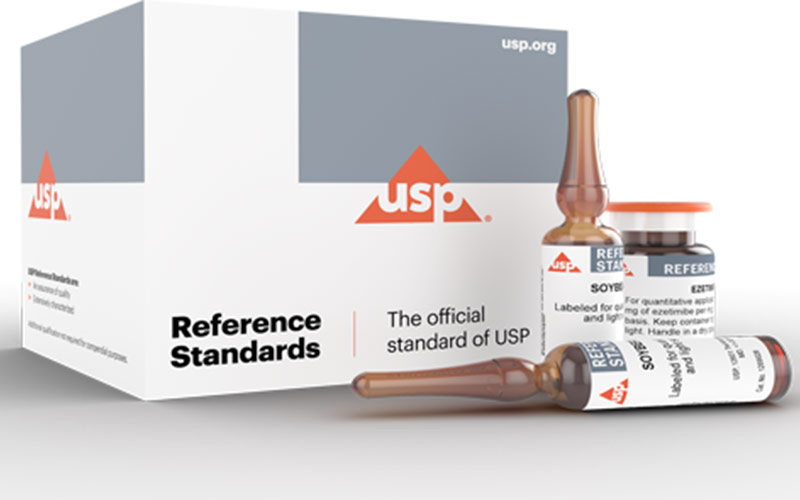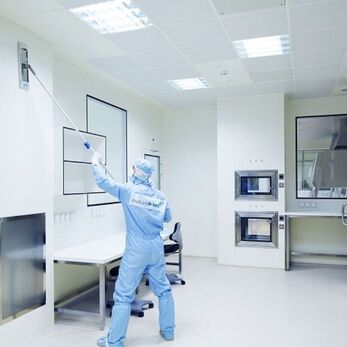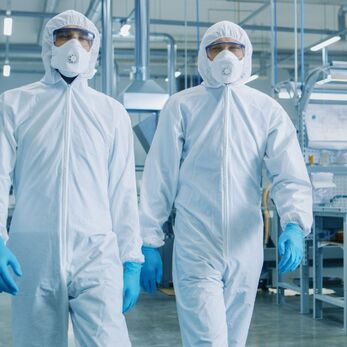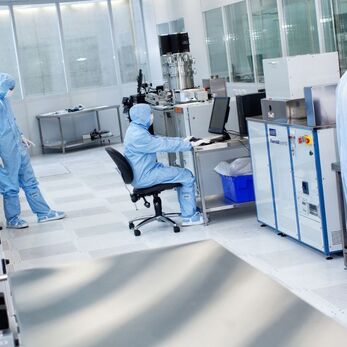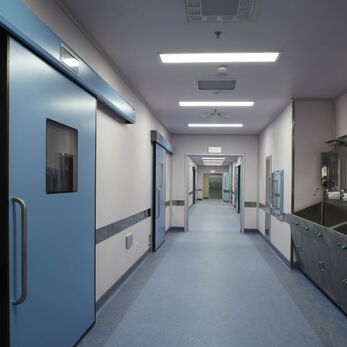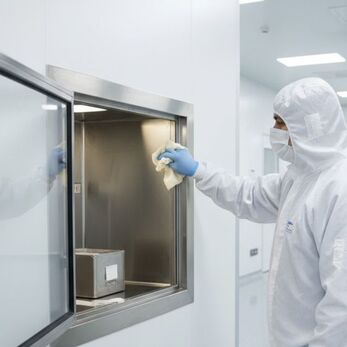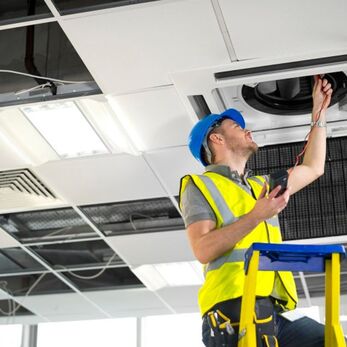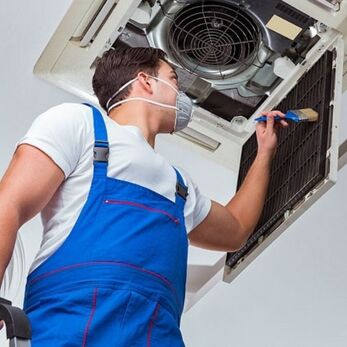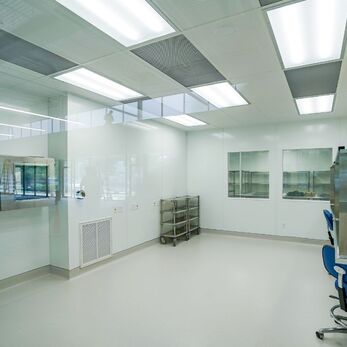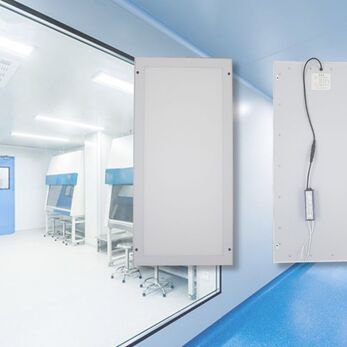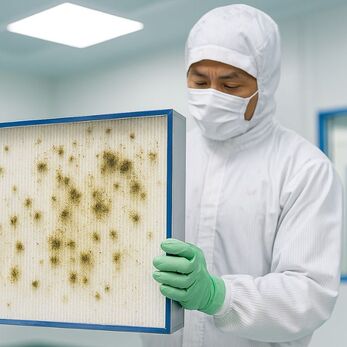Get to know about USP standards
Standards and classifications for cleanrooms are a crucial part of the design and development process. They regulate various aspects of cleanrooms, including air cleanliness levels, air exchange rates, work processes, pressure, and many other aspects.
While we often discuss ISO standards, there are many other cleanroom standards that help us design and construct efficient and industry-specific controlled environments, one of which is the USP standard. Let's explore what the USP standard is and how to determine whether your cleanroom complies with it.
What is USP standards ?
The United States Pharmacopeia (USP) is a non-profit, independent scientific organization that establishes and enforces quality standards for pharmaceutical products. USP standards help safeguard the safety of patients and workers throughout the development, packaging, distribution, and use of drugs and dietary supplements. Regularly used to provide information for decisions by the U.S. Food and Drug Administration (FDA), they are a crucial set of standards to be acquainted with when designing, installing, and operating cleanrooms.
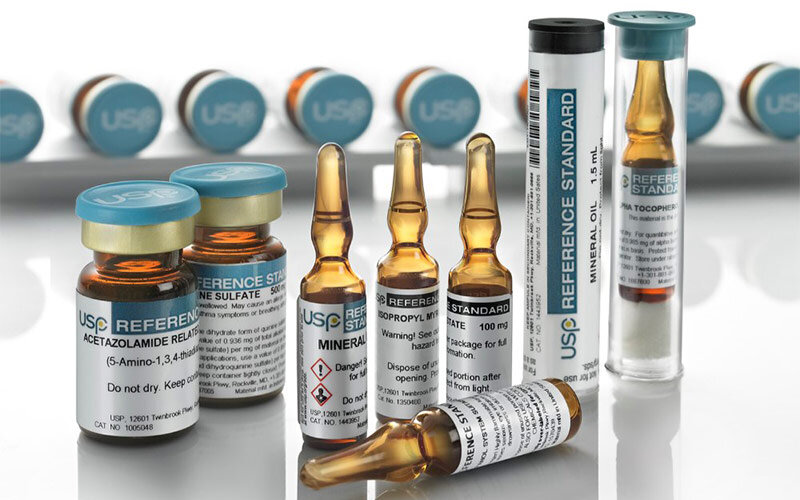
USP standards and ISO standards
USP and ISO standards are both types of quality standards for cleanrooms, but they differ.
USP standards are most commonly used in pharmaceutical applications and must comply with ISO classification standards. On the other hand, ISO standards are less specific and are applied across various industries and applications, including the pharmaceutical field.
You can think of this like how you think about squares and rectangles. All squares are rectangles, but only some rectangles are squares. Similarly, all cleanrooms adhere to an ISO standard, but only some need to comply with both ISO and USP standards.
Who needs to follow USP standards for cleanroom?
So, how do you know if you need to comply with USP standards when designing, installing, or operating your cleanroom? Simply put, if you are working in the field of pharmaceutical development or manufacturing, you need to adhere to USP standards.
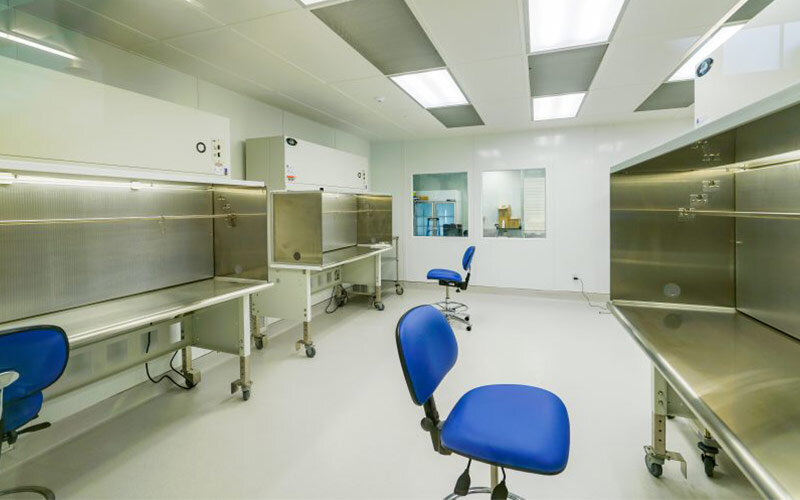
USP standards for cleanroom
A cleanroom complying with USP standards must meet all the requirements set forth by its applicable standard. In pharmaceutical compounding applications, USP 797 and USP 800 are the two most common standards.
Although both of these USP standards require strict cleanliness requirements, they have different design goals and specifications. Let's examine them in detail below.
USP 797 – Pharmaceutical Compounding - Sterile Preparations
USP 797 outlines procedures and requirements for cleanroom applications in pharmaceutical compounding related to mixing non-hazardous products for human use and the surrounding environment, for example:
- Syringes
- Injectable medications
- Intravenous admixtures
- Ophthalmic medications
Compliance with the requirements of this standard is crucial – failure to do so may result in mishandling pharmaceutical products, leading to potential harm, including infection, altered potency, substandard components, and various other risks that could even result in patient fatality.
As you can understand, the most critical safety measure here is to ensure that pharmaceutical products are not altered by external factors such as contaminants and operators. For this reason, USP 797 cleanrooms require ISO 7 classification, necessary temperature and humidity parameters, and continuous positive pressure to minimize the airflow from lower air quality classified areas to higher ones. They also have other requirements related to:
- Unidirectional airflow using a certified ISO 5 or higher primary engineering control (PEC)
- Placement of workstations and doors to create better control conditions
- Operator techniques
- Proper attire and personal protective equipment
- Correct hand hygiene
- Regular sanitation and cleaning protocols
USP 800 – Hazardous Drugs - Handling in Healthcare Settings
USP 800 specifically outlines procedures and requirements for cleanroom applications in the pharmaceutical industry related to hazardous drugs. These products can pose a threat to patients, employees working in this environment, and the natural environment. A drug is considered hazardous if it exhibits one or more of the following characteristics in humans or animals:
- Carcinogenicity
- Teratogenicity or toxicity during development
- Organ toxicity
- Reproductive toxicity
- Genotoxicity
- The structure and toxicity profile of new drugs mimic existing hazardous drugs.
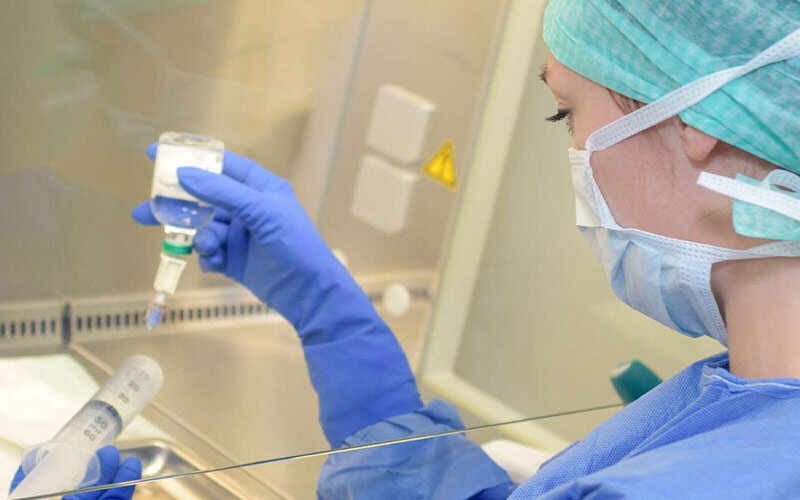
There are two types of hazardous drugs found in healthcare settings: antineoplastic drugs (used to treat cancer) and non-antineoplastic drugs (used to treat various conditions but may pose serious risks to the reproductive health of both men and women if not managed safely).
Compliance with the requirements of USP 800 is crucial to minimize risks for those working in clean rooms when they come into contact with hazardous substances and to ensure patient safety. Therefore, USP 800 clean rooms require an ISO 7 Ante Room with positive pressure, an ISO 7 Buffer Room with negative pressure ranging from 0.01-0.03 inches of water relative to all adjacent spaces. They also have other requirements related to:
- Receiving
- Safe storage with secure access and detailed product labeling
- Primary Engineering Control (PEC) status certified to meet ISO 5 standards or higher with an external ventilation system
- Proper hand hygiene with emergency safety measures
- Workstation and door placement to eliminate cross-contamination
- Equipment and personal protective clothing
- Regular cleaning procedures and sanitation protocols
Read more: Cleanroom design according to USP 800
Watch more:






